As you likely know, the use of Cannabinol (CBD) continues to gain popularity throughout the United States. Research shows that sales of CBD products in the U.S. should reach an all-time annual total of $1.8 billion by 2022.
Because CBD was largely sidelined for so many decades and has suddenly risen to prominence, we see plenty of misconceptions about this cannabinoid and how it works
It’s time to dispel five of the most common misconceptions about CBD.
Myth #1: CBD Can Get You High
One of the most common misconceptions about CBD is that it gets you “high.” This misconception often stems from the fact that CBD comes from the cannabis plant. However, cannabis has many more uses besides producing THC (the compound that produces a high).
CBD often brings on a sense of calmness, which some people may mistake for a high. And if/when people actually do get high from a CBD product, it’s usually from products that weren’t properly tested and contain unknown levels of THC.
Because CBD isn’t fully regulated, when shopping for CBD products, always do your research to ensure you are buying from a quality brand.
Dispensaries in states where medical and/or recreational cannabis is legal will also have products available with CBD and more than 0.3% of THC.
Myth #2: CBD Is Legal Everywhere in the U.S.
It makes sense to assume that CBD is legal throughout the United States. After all, this product doesn’t carry much stigma and seems to be safe. Using CBD also doesn’t alter motor abilities in the way alcohol does.
While it’s allowed in many states, CBD is not legal in all of them.
When discussing the legality of CBD in the United States, things can get a little complicated. Under federal law, CBD is legal throughout the United States. With that said, certain states can still choose to ban CBD if it was sourced from marijuana plants or it contains even a minute fraction of THC.
So be sure to double check your local laws, and you can also check out this list of CBD restrictions for each state in the U.S.
Myth #3: CBD Is Best Without Any Other Cannabinoids
A lot of people are fixated on the concept of CBD-only. If CBD is so great, 100 percent pure CBD must be really great, right?
It doesn’t quite work like that.
While some may have success with isolated CBD products, they are missing out on the ‘entourage effect’ that comes when all the cannabis compounds are combined together including cannabinoids, terpenes, flavonoids, etc.
Imagine going to see your favorite music group and only one of the musicians shows up. It might be worthwhile, or it might be a complete waste of time and money.
The range of cannabinoids produced in cannabis work with our body’s naturally-occuring endocannabinoid system. This system is responsible for balancing many different processes in the body, from sleep cycle to pain sensitivity to fertility, and much more. Sometimes the system needs supplementation, which is where cannabis can help (as well as nutrition and exercise).
In other words, by trying CBD with cannabinoids, you might receive much more relief than if you went with a CBD isolate.
Myth #4: All CBD Is the Same
Another common misconception about CBD is that it’s all the same. There are three main types of CBD, which are full-spectrum, broad-spectrum, and CBD isolate.
Full-spectrum CBD contains all parts of the marijuana plant, including THC. However, don’t think that this type of CBD will make you feel high. By law, all full-spectrum CBD must contain no more than 0.3 percent of THC. You can check the labels of your full-spectrum CBD to find out much THC it contains.
It’s also important to learn about broad-spectrum CBD, which contains all of the hemp plant except for THC. This product is often more readily sold in states with stricter THC laws. With this type of CBD, you benefit from the added cannabinoids.
Lastly, there’s CBD isolate. A product with this label should only contain CBD, no cannabinoids, and no THC.
Myth #5 CBD Is the Only “Good” Part of Cannabis/Hemp
Some people think that the only “good” part of cannabis is CBD, which isn’t true. There are many cannabinoids and other desirable compounds found in the marijuana plant. You’ve learned about the effects of CBD and THC. Here’s a closer look at a few other beneficial cannabinoids and their effects:
CBC: Cannabichromene is a cannabinoid that might help improve neurogenesis. It’s also shown to have anti-inflammatory properties.
CBG: Another popular non-active cannabinoid is cannabigerol. Currently, researchers are testing the effects of cannabigerol as a treatment for cancer, IBS, and Crohn’s disease. If you’re interested in learning more, here are five interesting facts about CBG.
CBN: Cannabinol is another cannabinoid that is more like THC than CBD. This does mean that CBN has psychoactive properties. With that said, the psychoactive effects of cannabinol are less strong than those found in THC.
THC: Tetrahydrocannabinol (THC) is the most misunderstood cannabinoid of them all in the eyes of the general public. Despite research and medical evidence showing us the promise of THC, many people are still afraid of it. It’s why cannabis regulations are so strict, and it’s why cannabis has been illegal for so long – misinformation and fear-based propaganda.
Finally, regarding the U.S. Hemp Industry as a whole, it is a tragic mistake to think CBD is the only thing worth harvesting from hemp plants. This misconception is unsustainable for hemp farmers, and it completely overlooks all the other beneficial applications for hemp, from nutrition and plastics to biofuel and hempcrete, etc.
When making your choices about CBD, be sure to do your research and don’t let yourself be caught up in the sea of information.
Are you still missing out on The Bluntness newsletter? Sign Up today to stay in the loop.


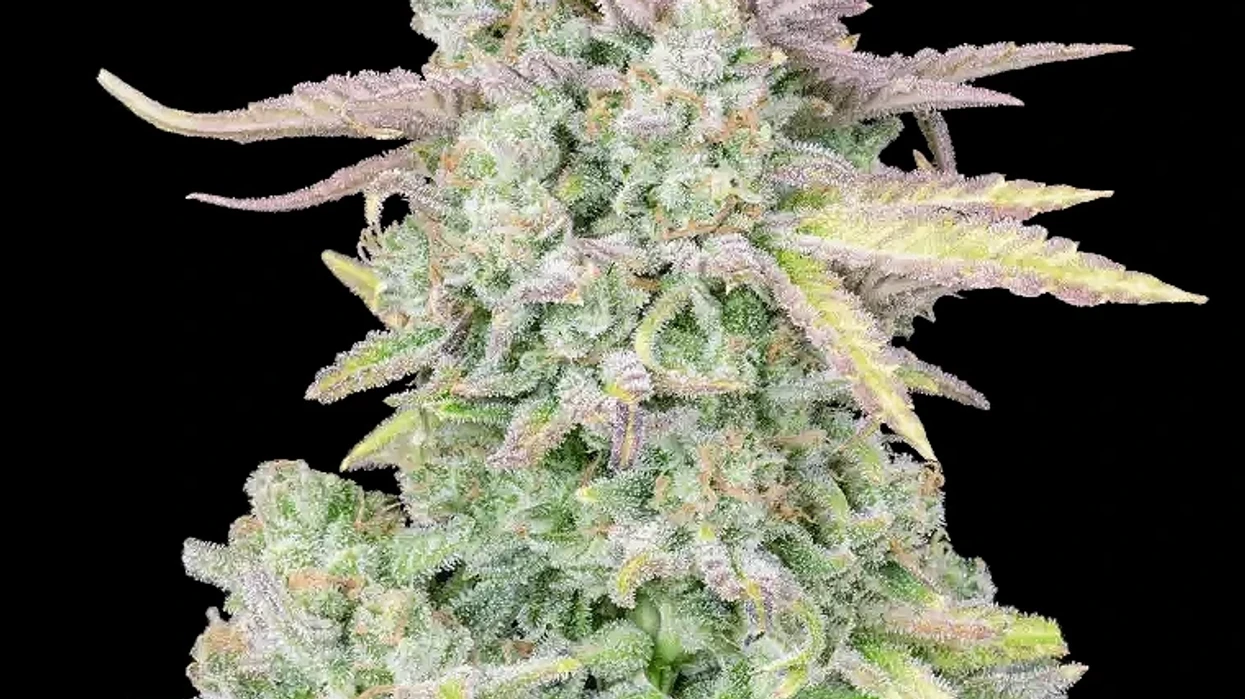
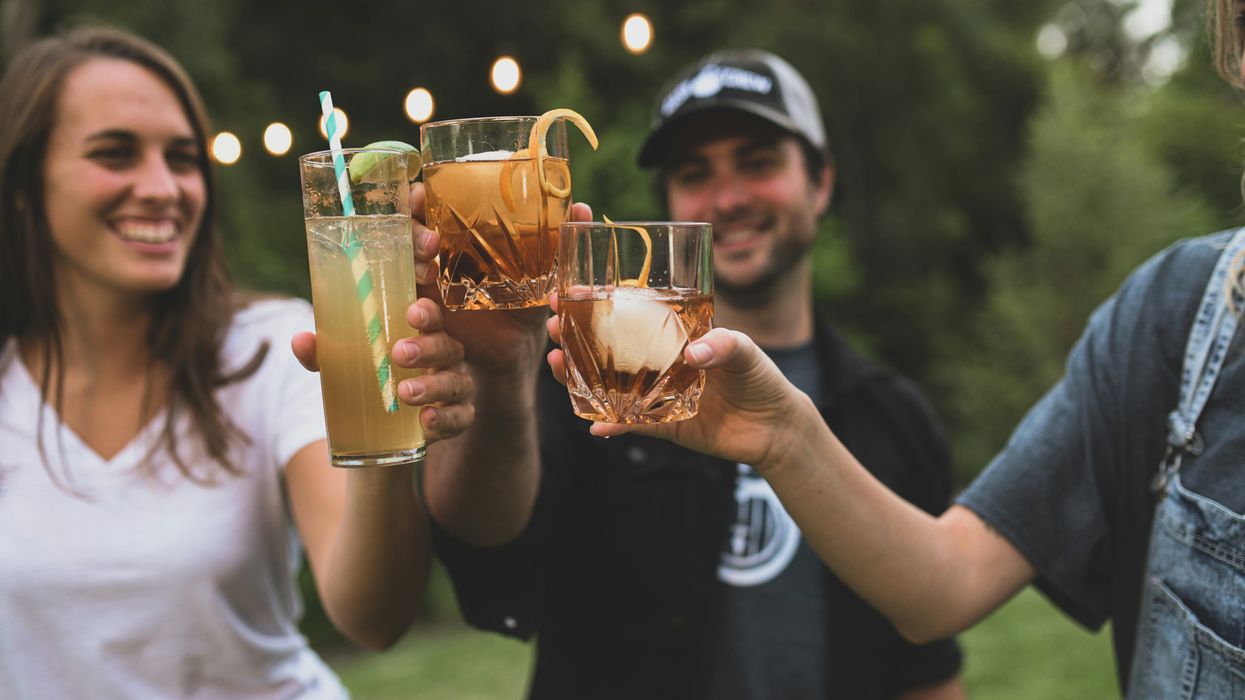
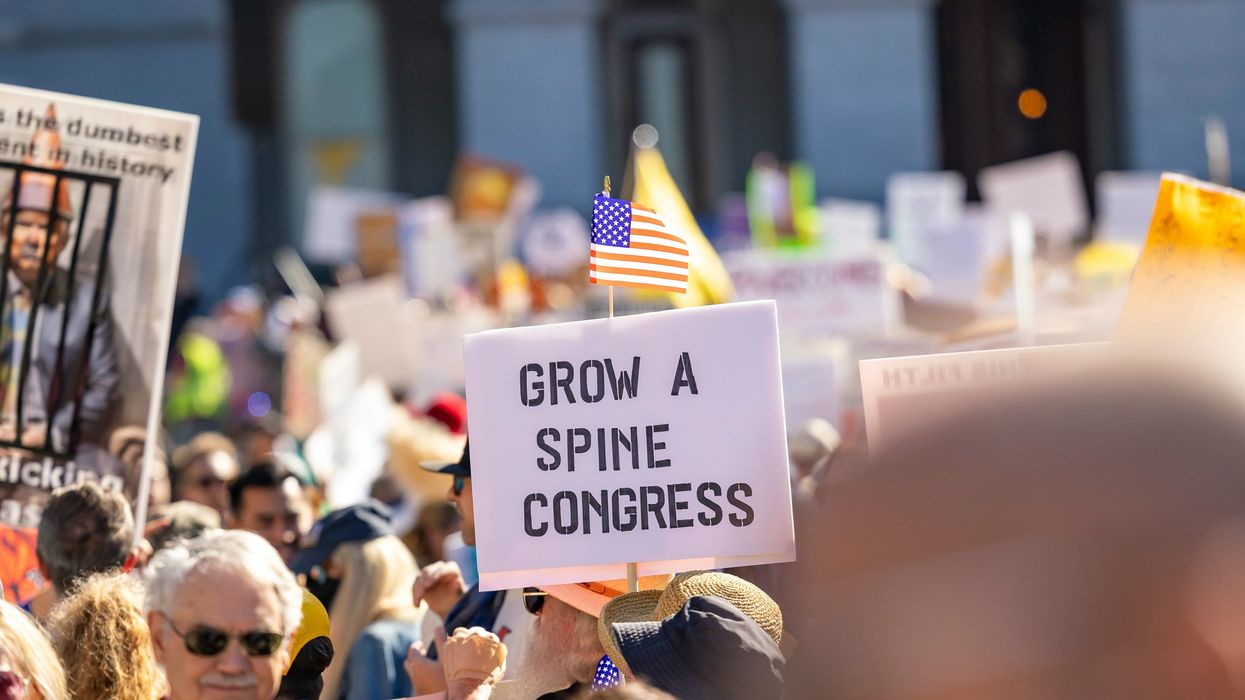
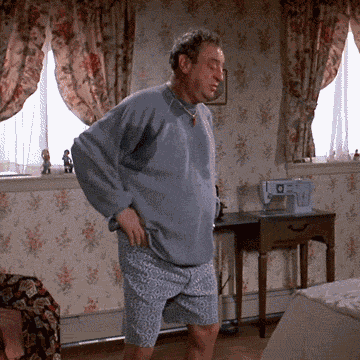
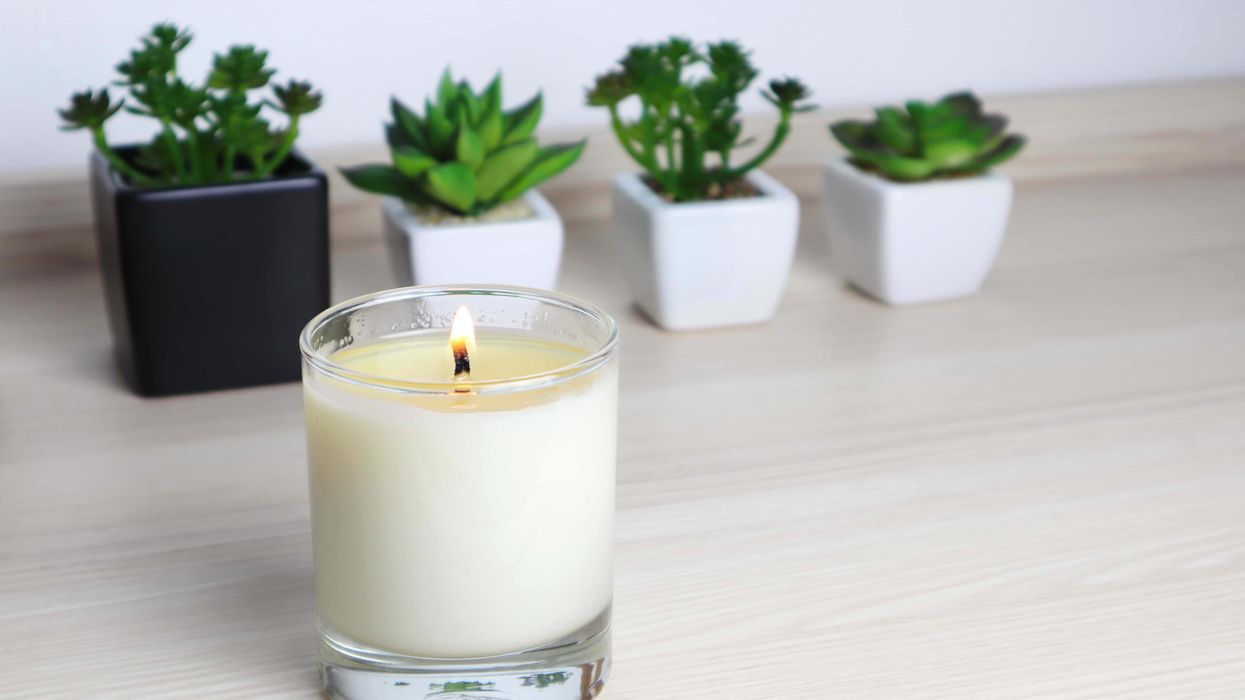
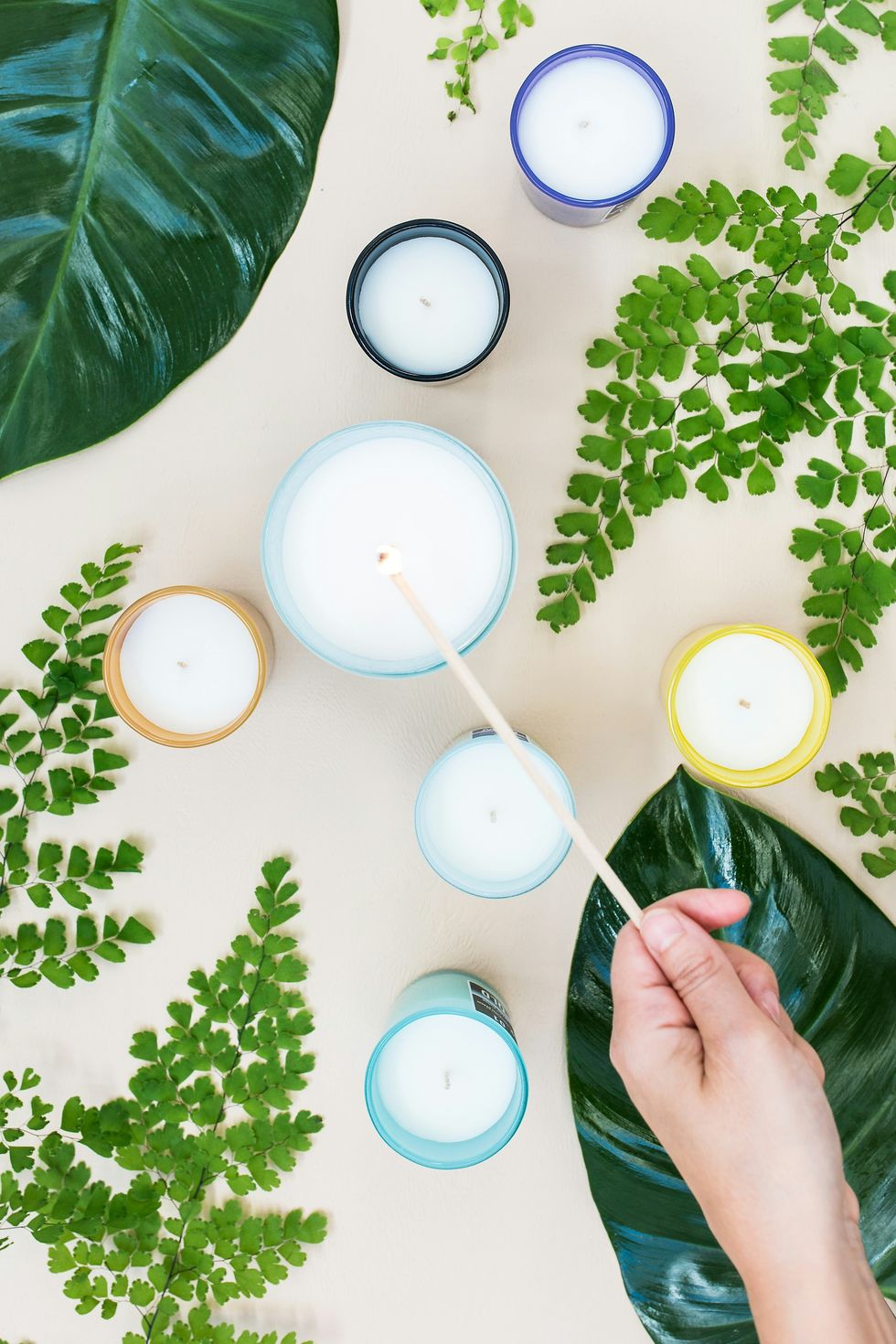 The Truth About THC Candle: Cannabis Candles & How to Make Your Own - The Bluntness
Photo by
The Truth About THC Candle: Cannabis Candles & How to Make Your Own - The Bluntness
Photo by 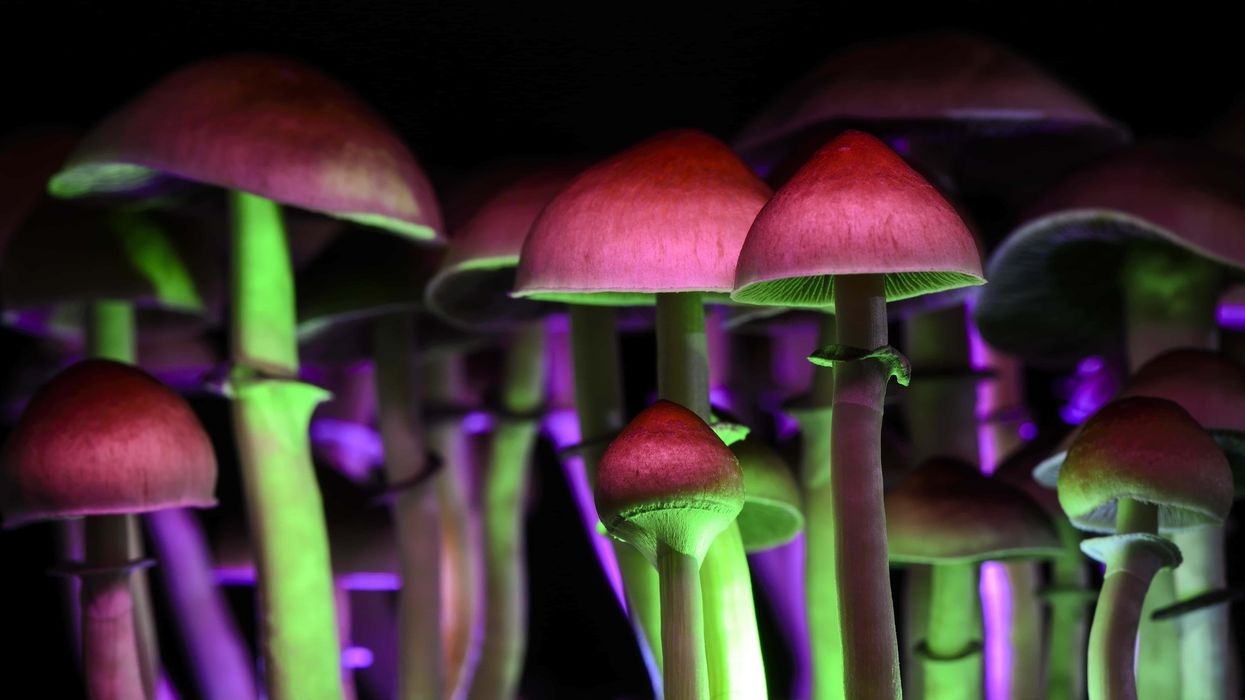
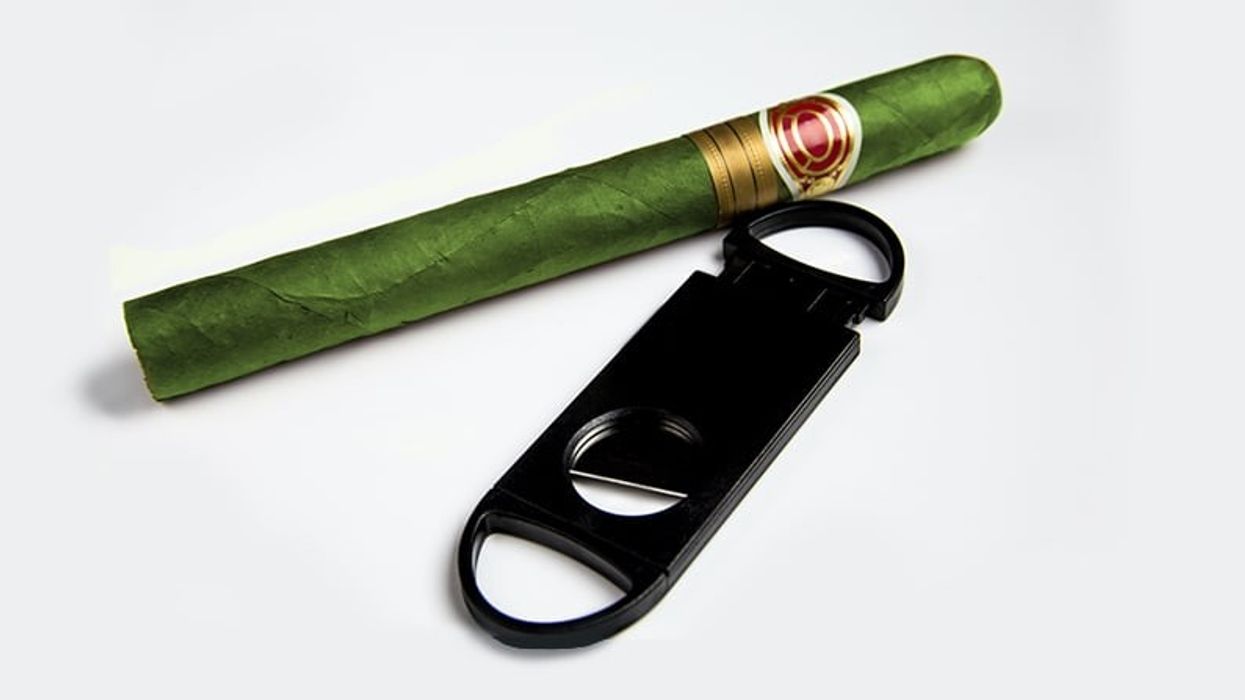
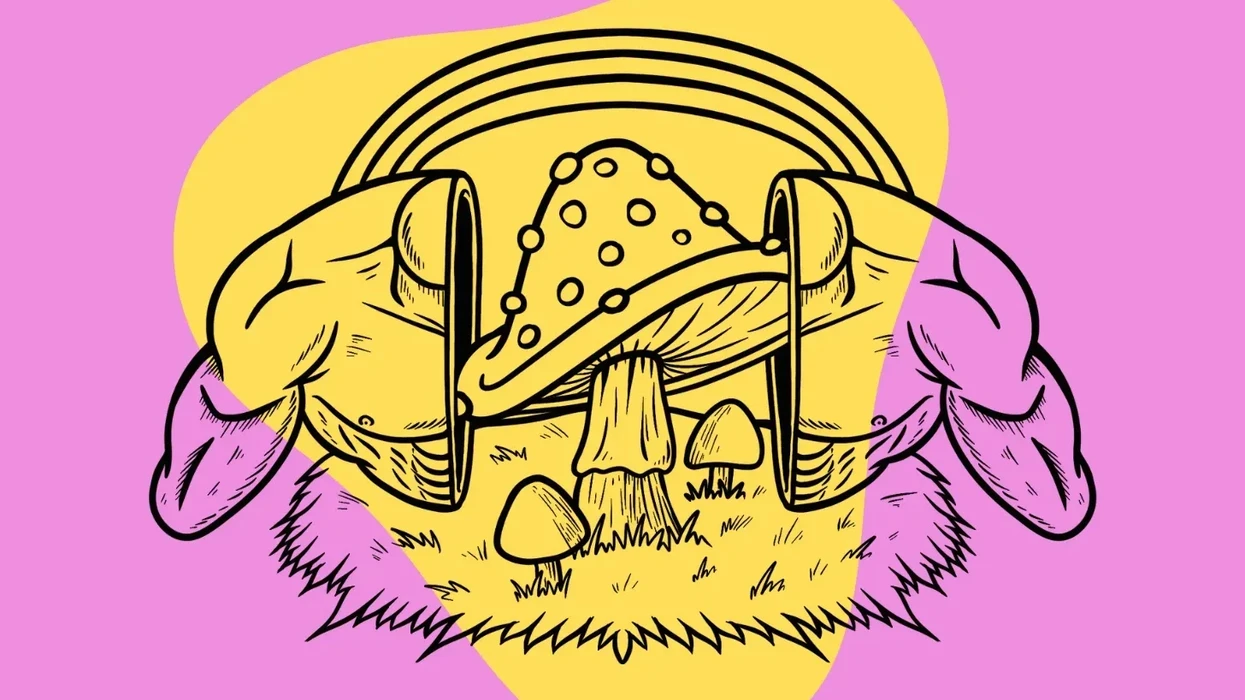

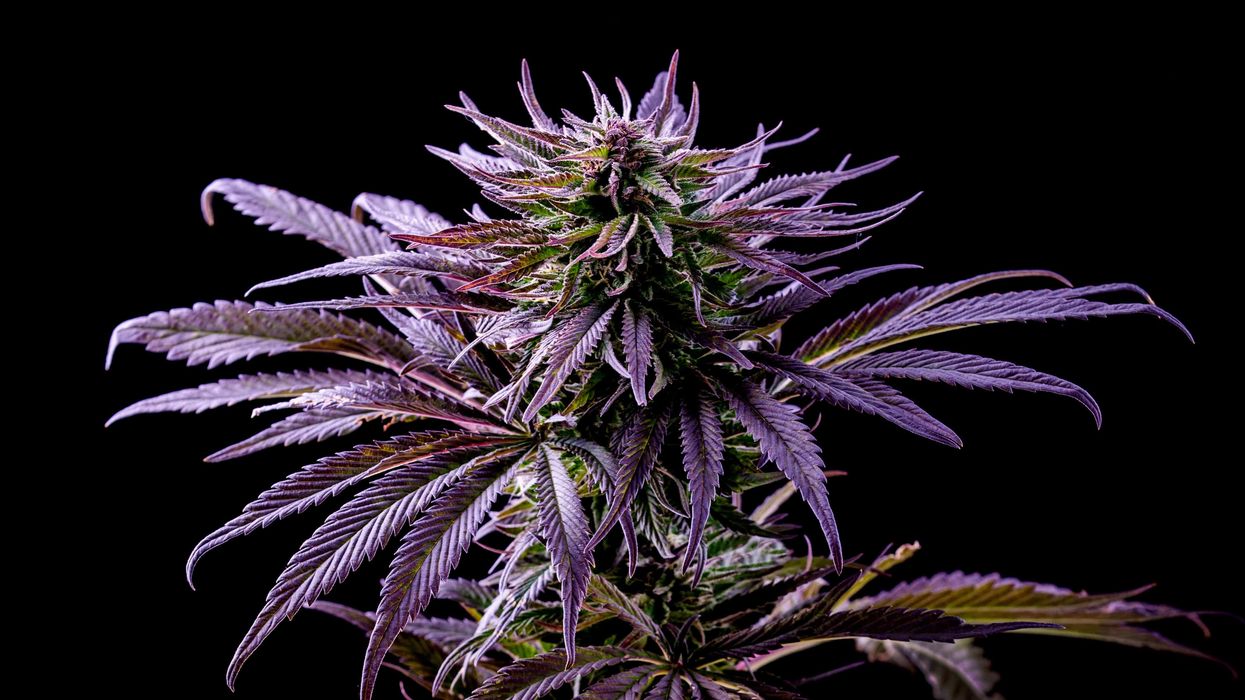
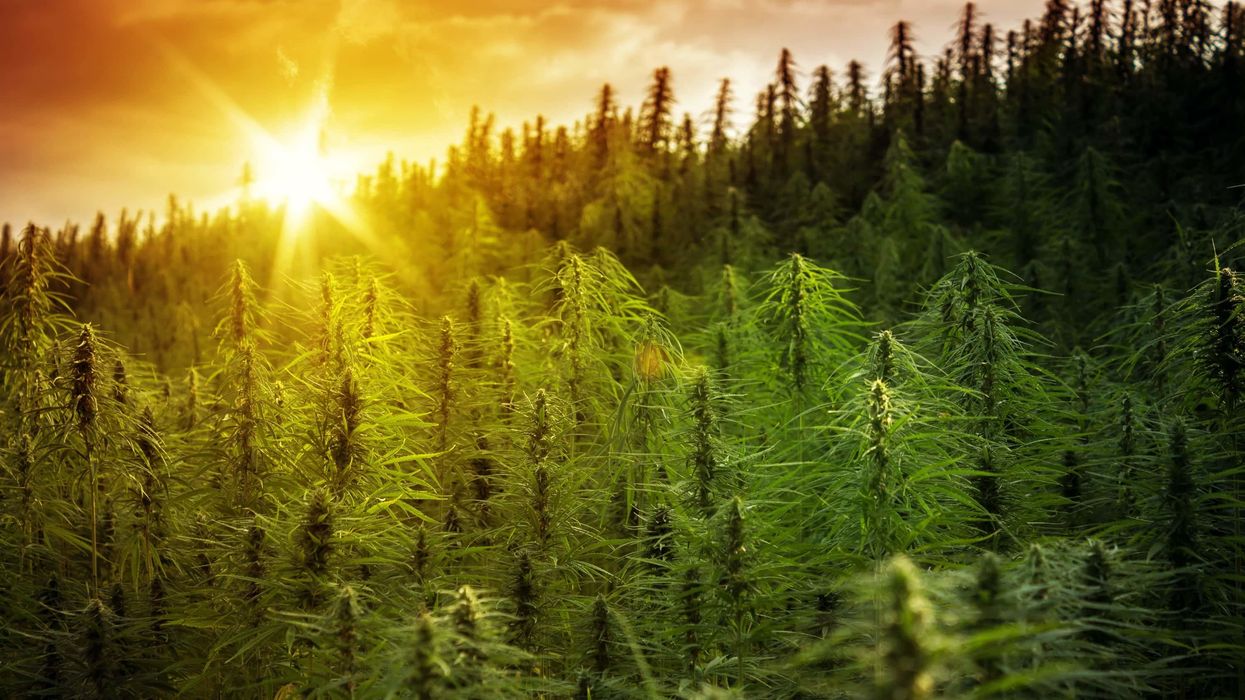
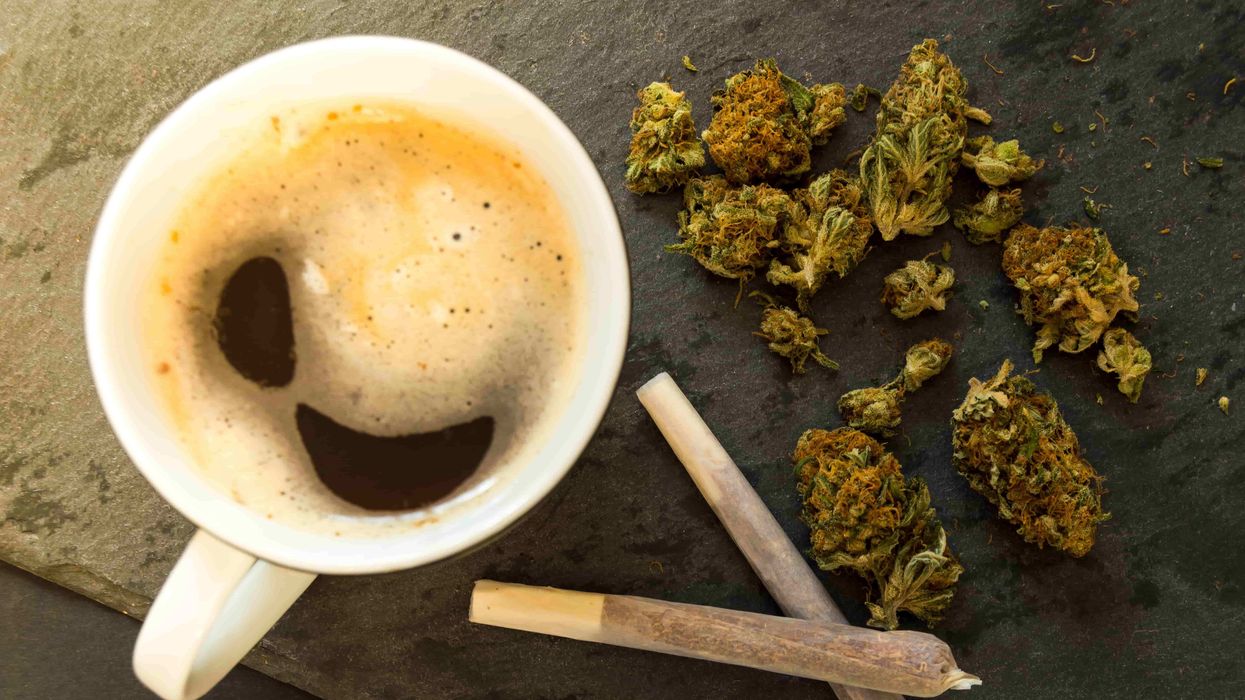
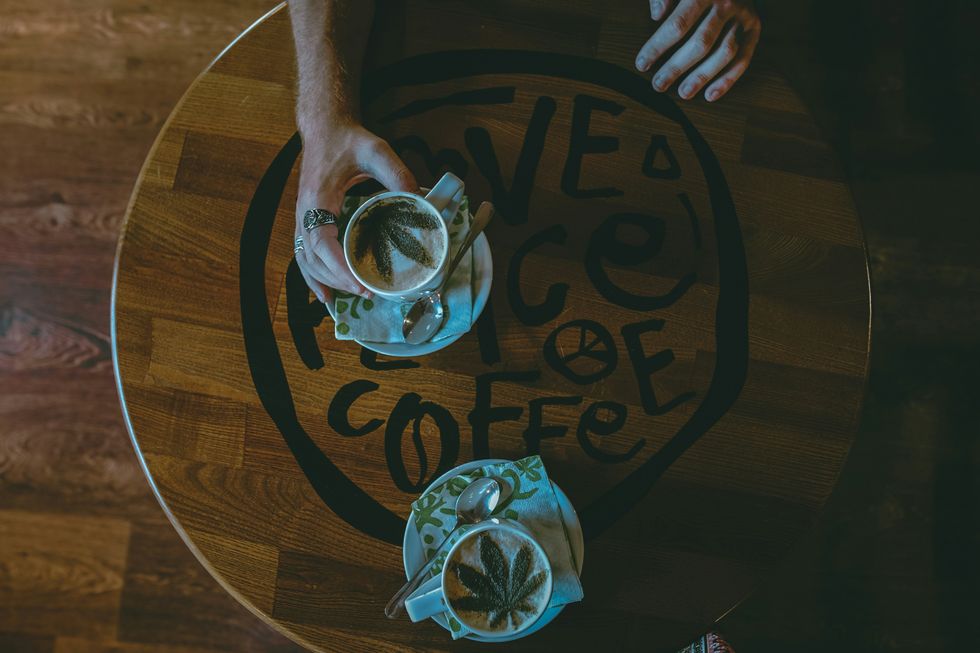 Coffee & Weed: A Modern Spin on the Hippie Speedball - The Bluntness
Photo by
Coffee & Weed: A Modern Spin on the Hippie Speedball - The Bluntness
Photo by 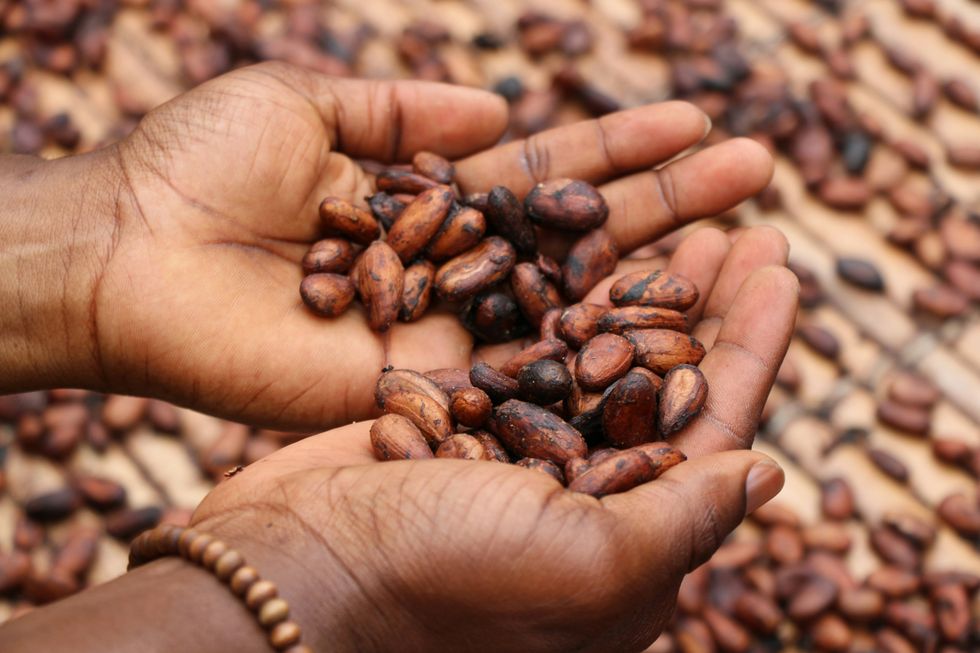 Coffee & Weed: A Modern Spin on the Hippie Speedball - The Bluntness
Photo by
Coffee & Weed: A Modern Spin on the Hippie Speedball - The Bluntness
Photo by 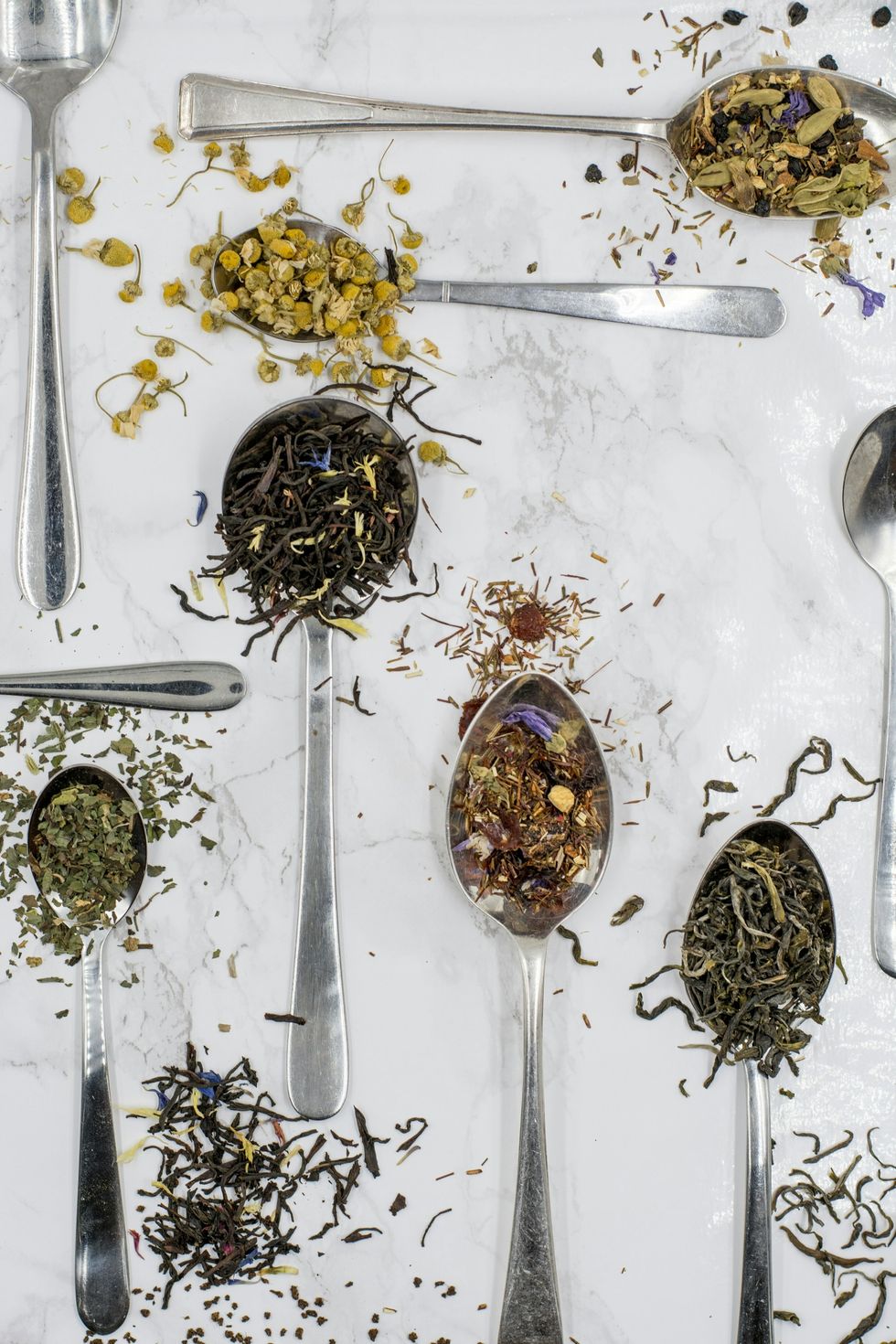 Coffee & Weed: A Modern Spin on the Hippie Speedball - The Bluntness
Photo by
Coffee & Weed: A Modern Spin on the Hippie Speedball - The Bluntness
Photo by 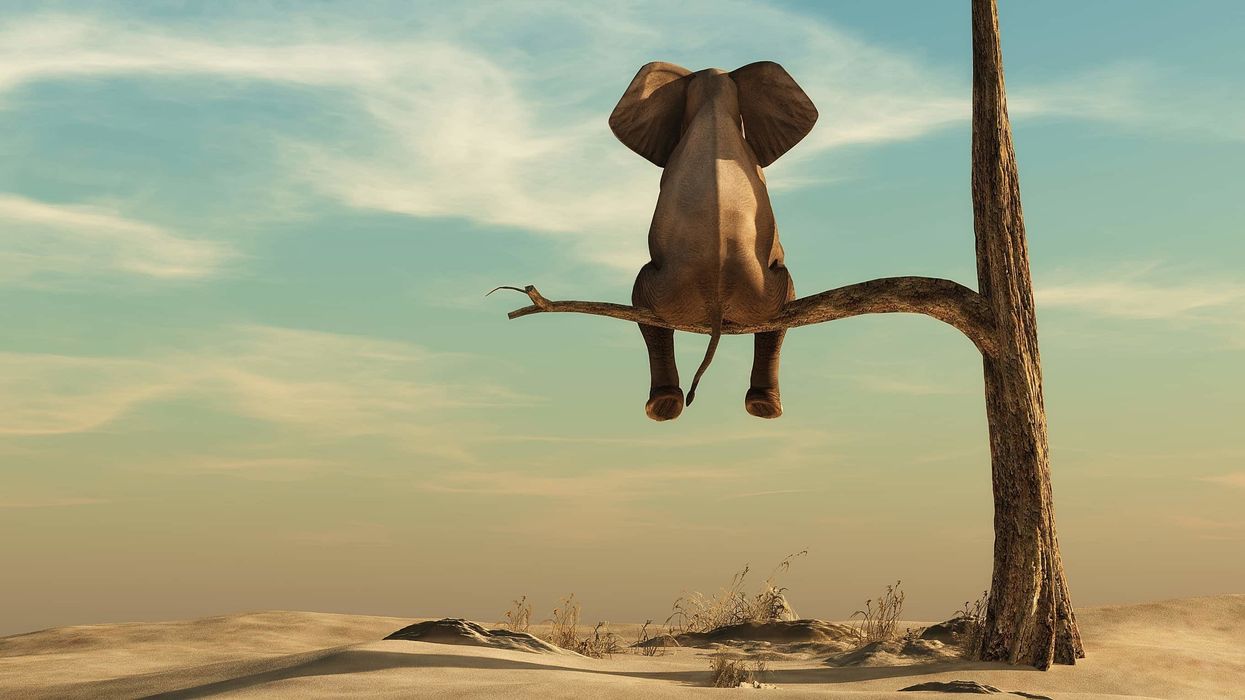
 Recognizing the Signs of Antisocial Behaviors - The Bluntness
Photo by
Recognizing the Signs of Antisocial Behaviors - The Bluntness
Photo by 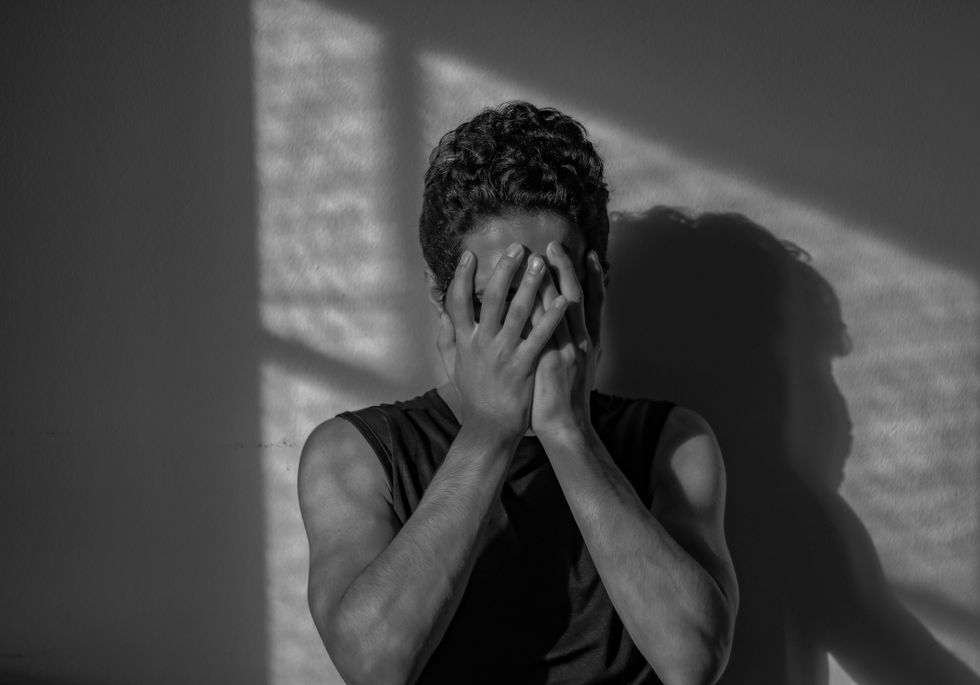 Weed Makes Me Antisocial: What To Do - The Bluntness
Photo by
Weed Makes Me Antisocial: What To Do - The Bluntness
Photo by 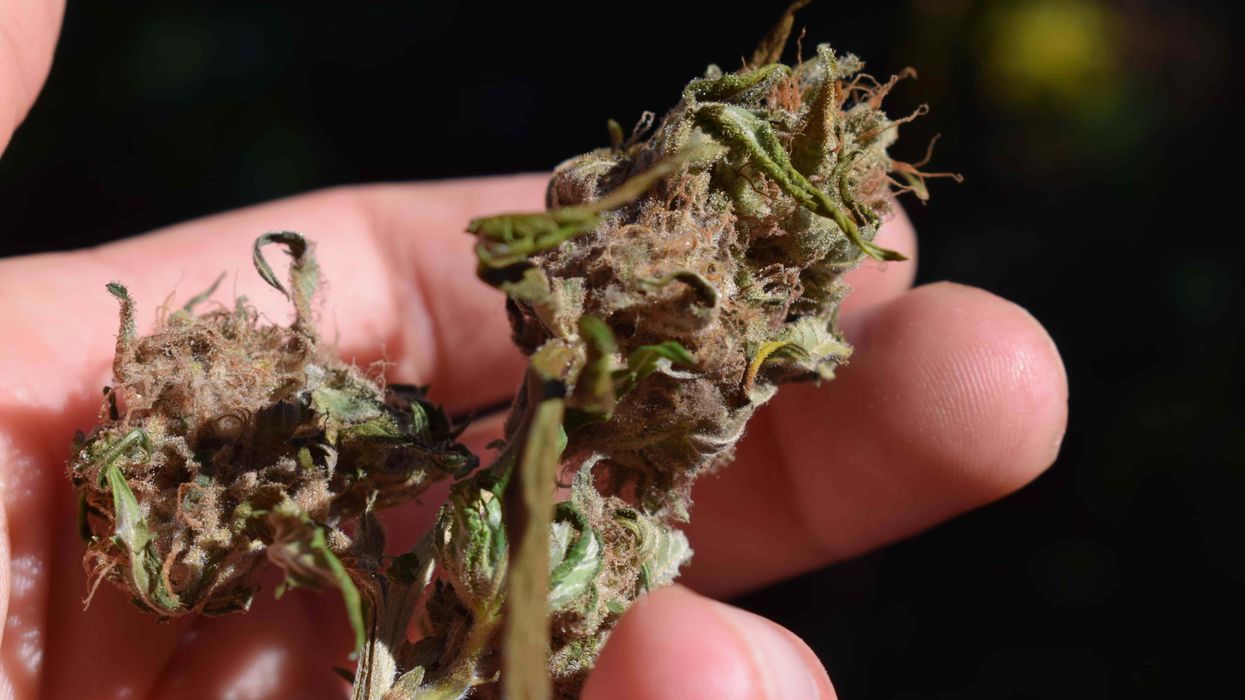
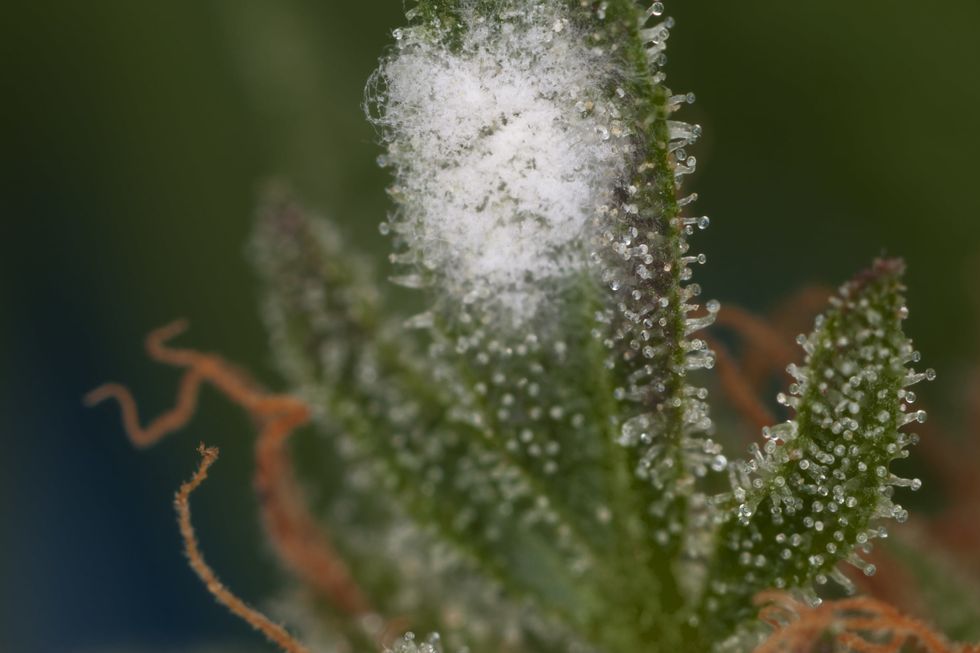 A good picture showing white mold next to cannabis trichomes.
A good picture showing white mold next to cannabis trichomes.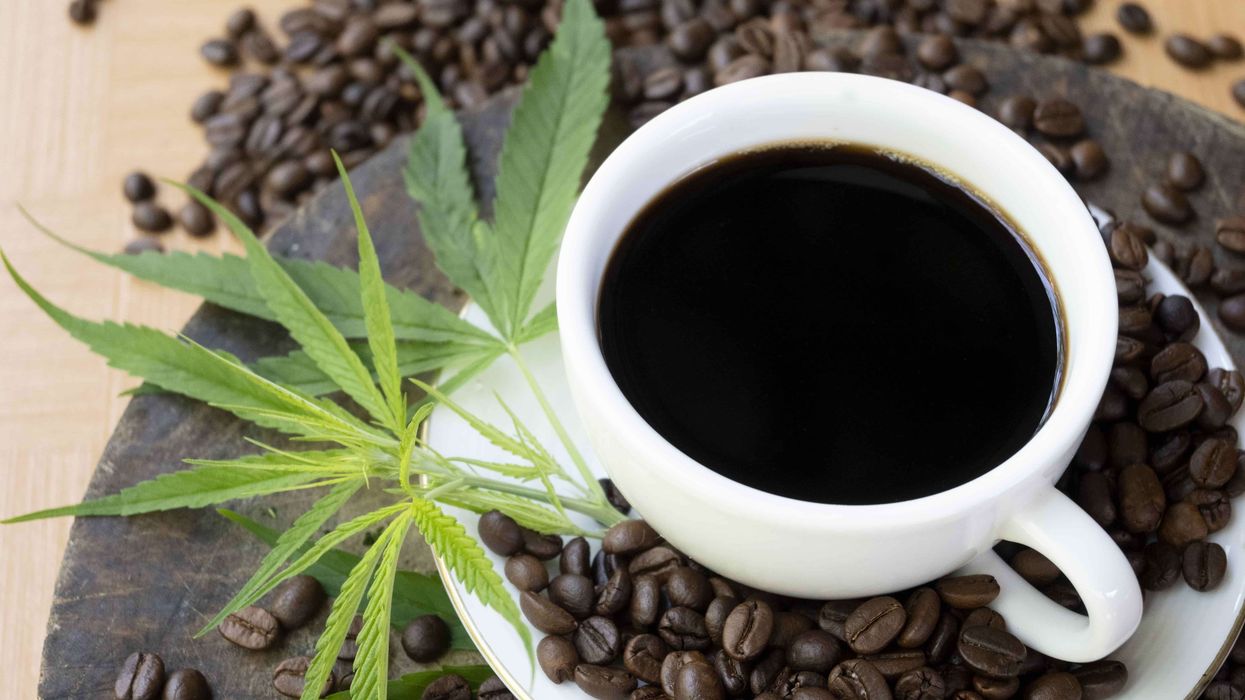
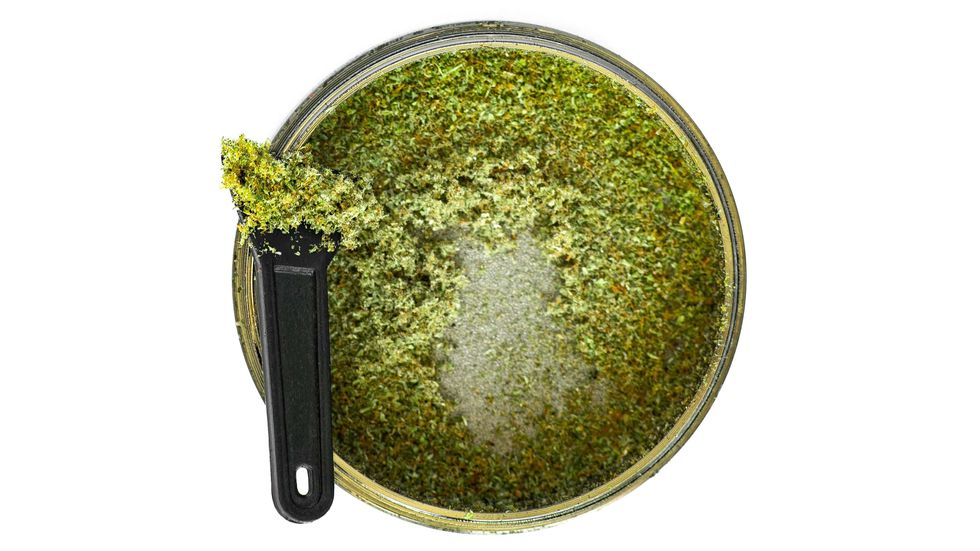 What will you do with that cannabis kief collection? - Make Coffee! The Bluntness
What will you do with that cannabis kief collection? - Make Coffee! The Bluntness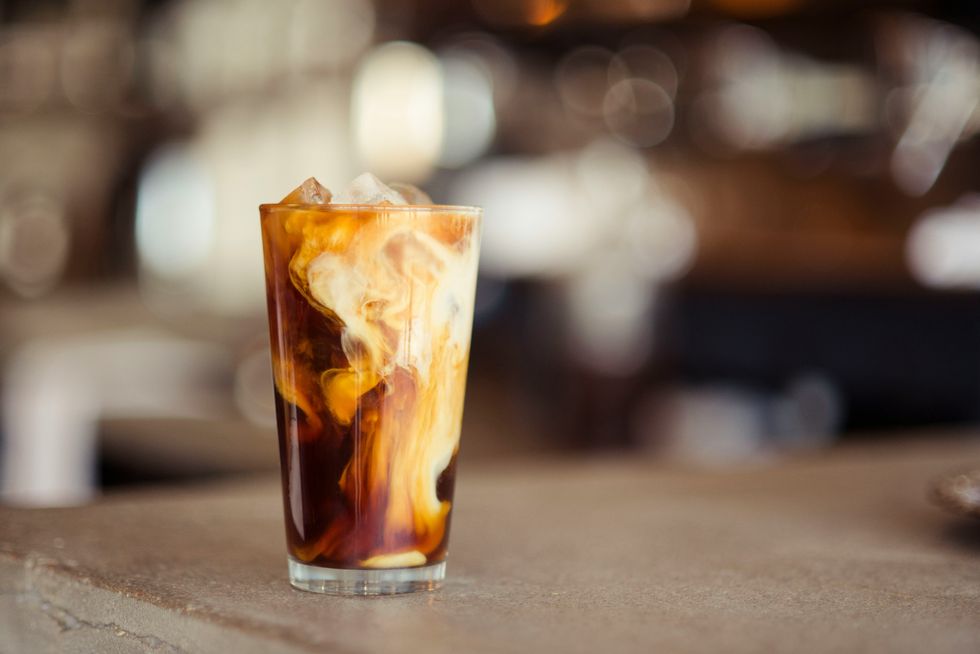 DIY: How to Make Kief Coffee - The Bluntness
Photo by
DIY: How to Make Kief Coffee - The Bluntness
Photo by